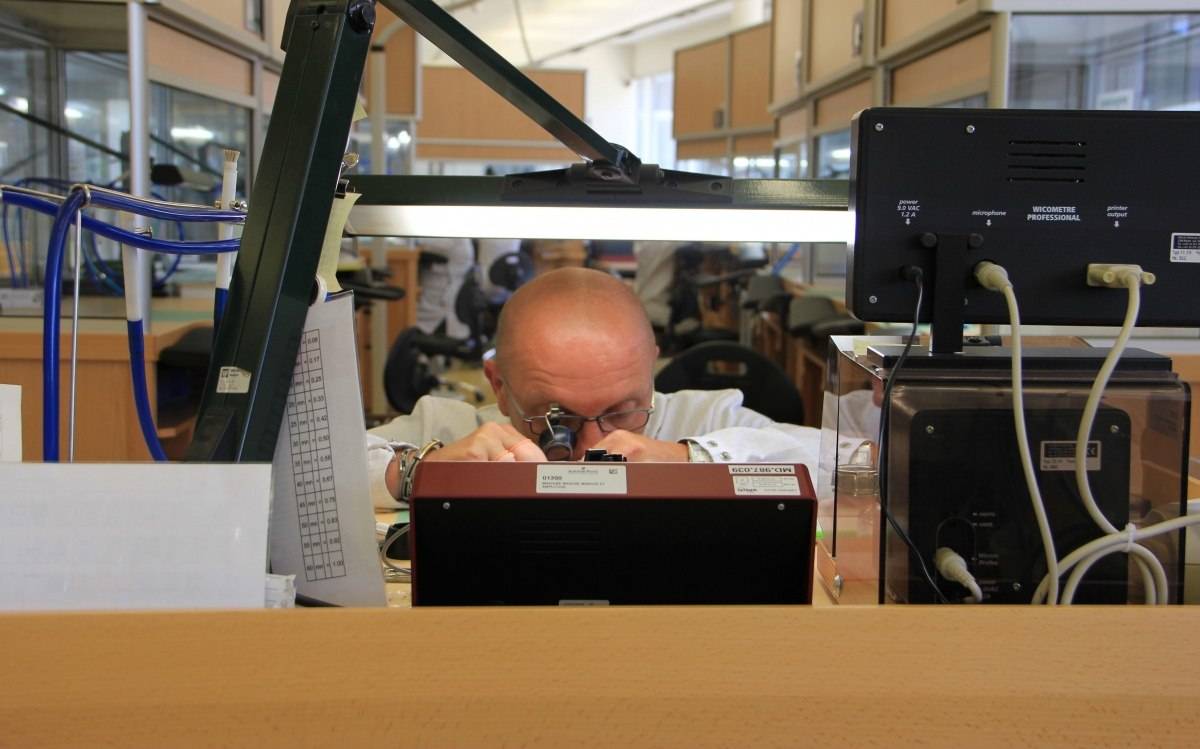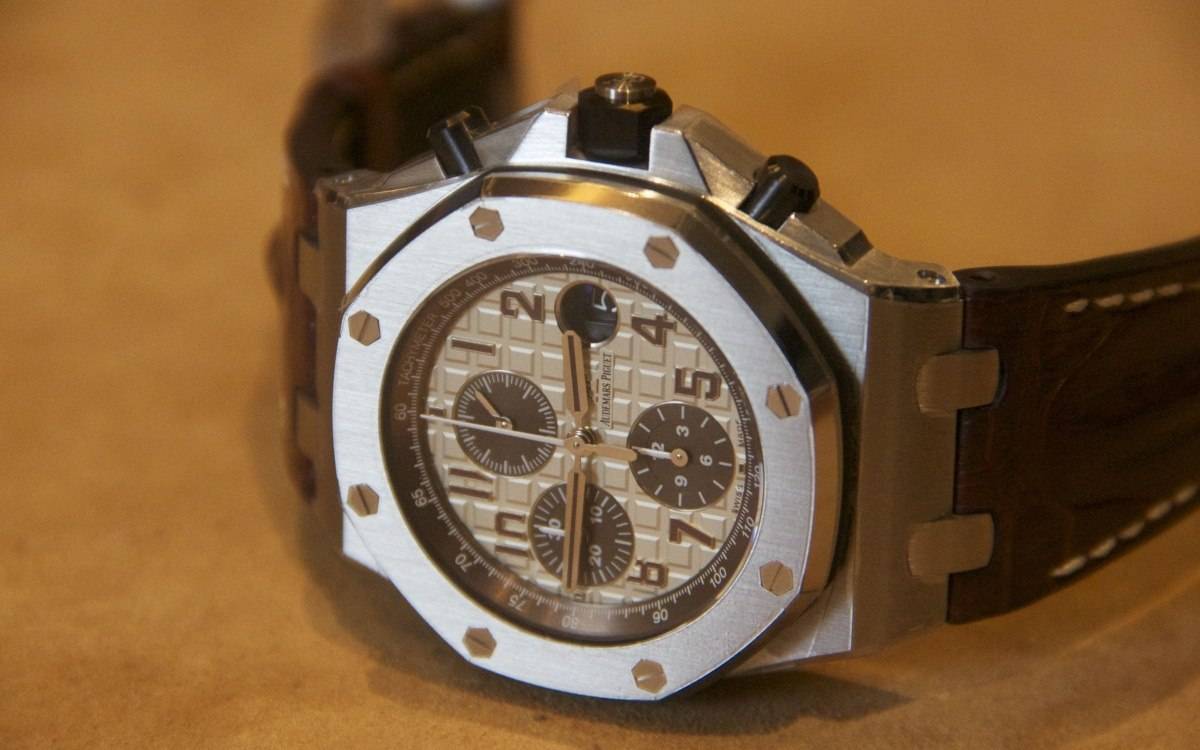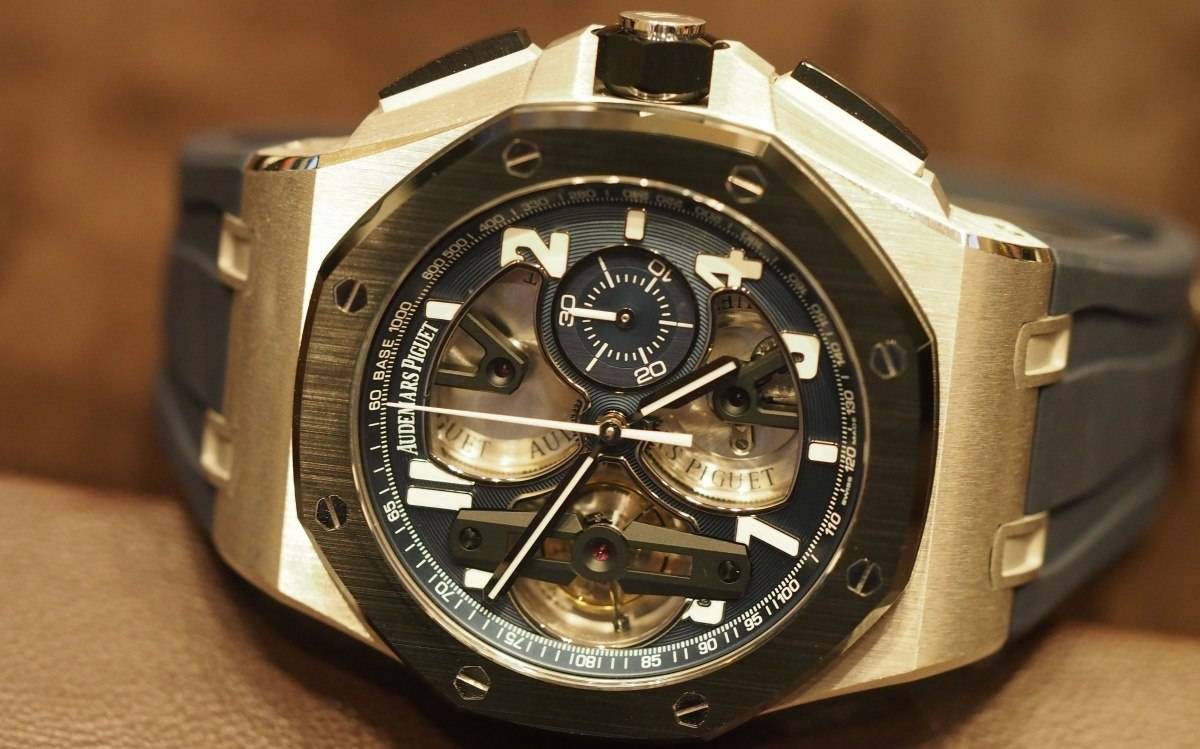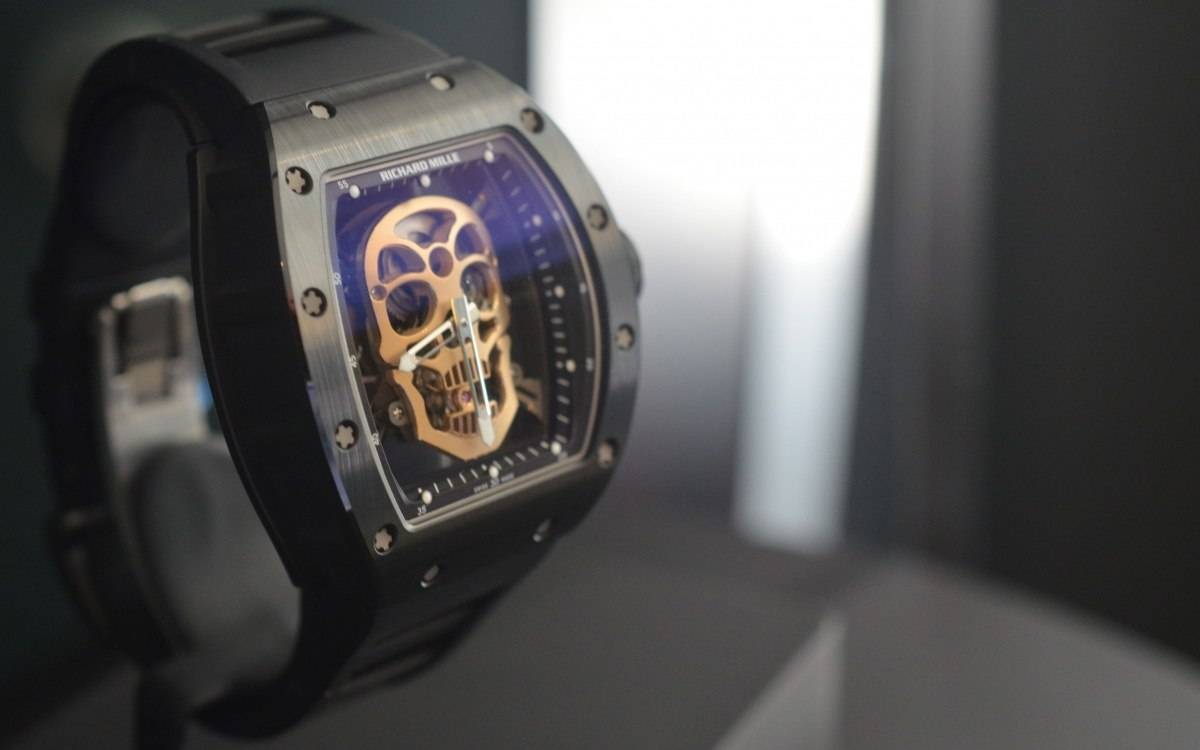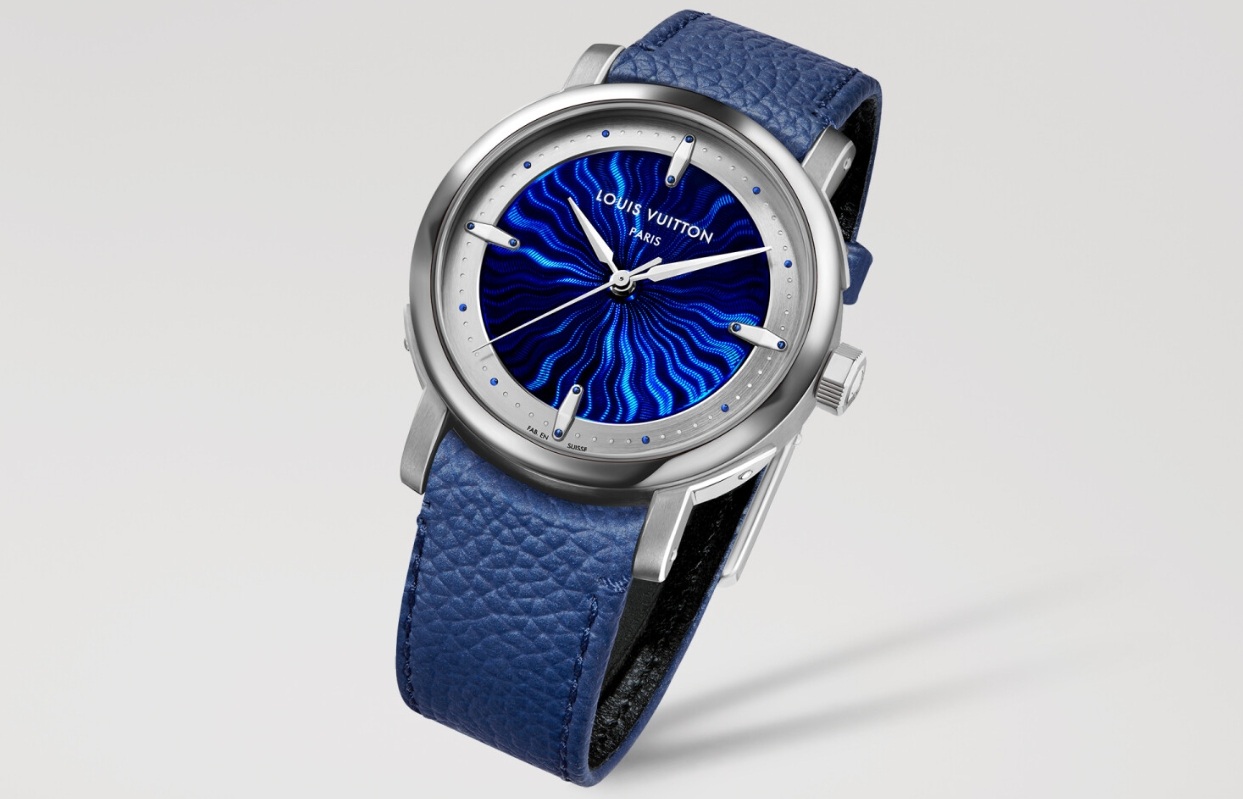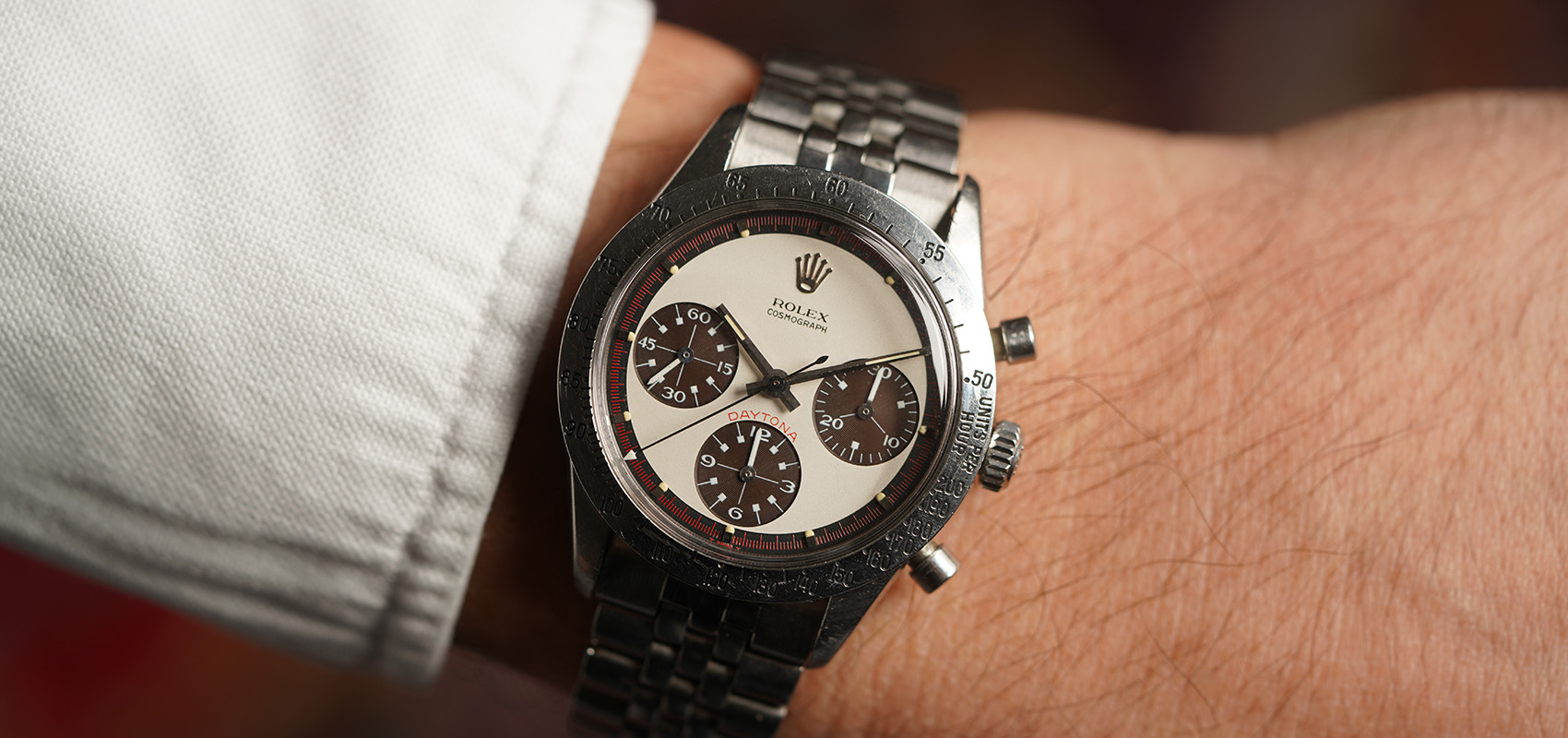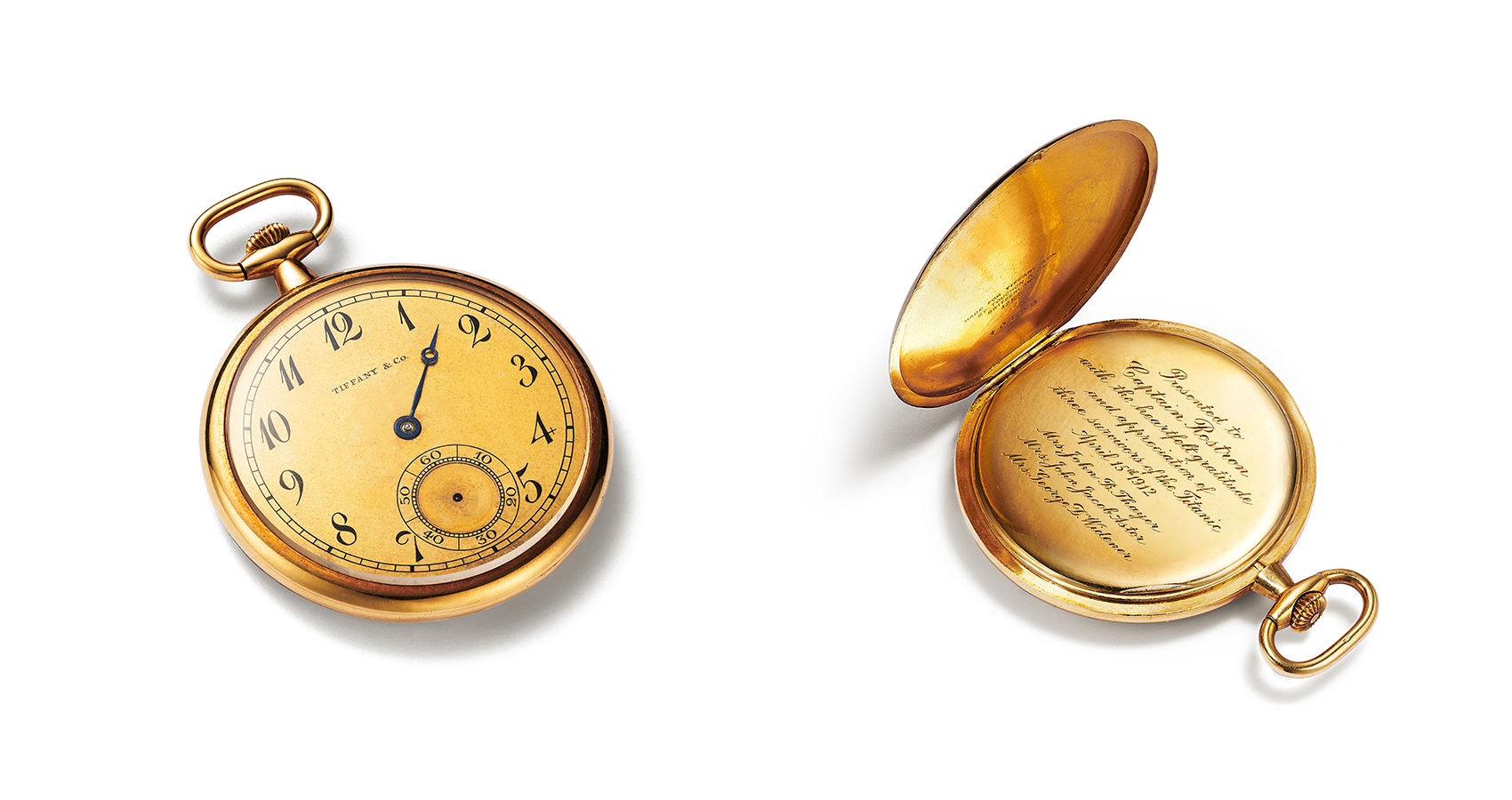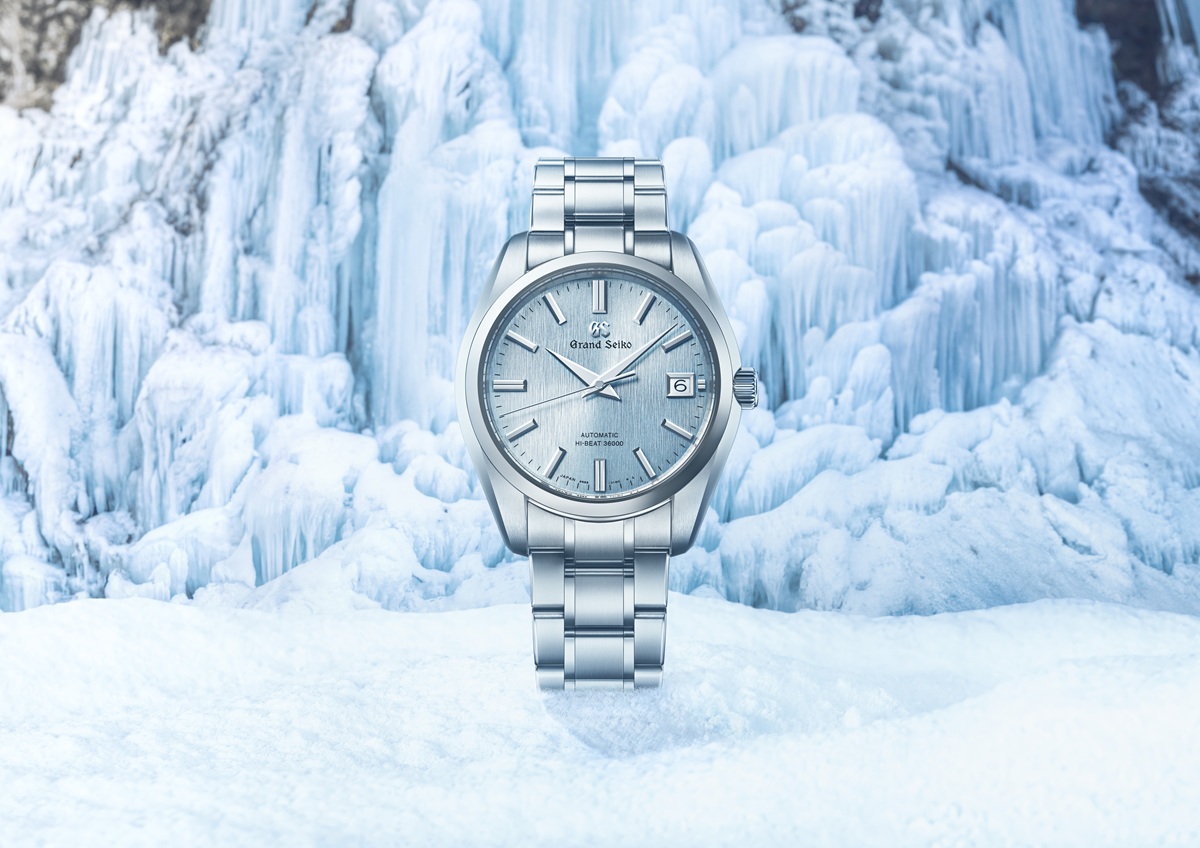
Haute Time Visits The Audemars Piguet Manufacture
If there was one moment during our tour of the Audemars Piguet Manufacture that encompassed the identity of the brand, it’s when we stood on the second floor of the original building, looking out of the same windows Jules Louis Audemars and Edward Auguste Piguet once faced (pictured below), back in 1875. In front of us, the same Swiss hill, lined with wooden cottages and pine trees that the founders would have contemplated while working on their first watches. It’s a view that Audemars Piguet has protected throughout the years.
The brand is also protecting its timekeeping heritage. The man in charge of that mission is Audemars Piguet’s Historian, and industry expert, Michael Friedman (pictured below, right), who showed us some of the most historically important timepieces ever created by the brand, together with Sebastian Vivas, the Director of the Museum & Heritage at Audemars Piguet (pictured below, left). Audemars Piguet brought Mr. Friedman in the team to hunt for its most rare timepieces, and he gave Haute Time an exclusive look at some of the collection amassed.
On display that morning, the “rarest watch ever made by Audemars Piguet,” according to Mr. Friedman. “It was our first perpetual calendar wristwatch. We made three examples in 1955 and six examples in 1957 – a total of only 9,” said Mr. Friedman. The watch (pictured below) is from the second group. “It was the first wristwatch made in a series to feature perpetual calendar with leap year indication, a very important feature of a perpetual.”
Next, Mr. Friedman presented a Triple calendar chronograph with phases of the moon (pictured below). The watch was made in 1941 from 18-carat yellow gold, and its age is given away by the lack thereof an important detail. “This was made before we introduced reference numbers,” said Mr. Friedman. “As such, the highly rare examples that feature these complications vary from one to the next, rendering each as a unique watch.”
Last, but not least, a platinum, rectangular minute repeating wristwatch, set with sapphire and diamonds, made in 1924 (pictured below). This exceptional piece, featuring an incredibly small 8’’’ minute repeating movement, shows the brand’s prowess in miniaturization.
While eyes focused almost exclusively on the timepieces on hand, they also grew in size when shown Audemars Piguet’s library, which holds information of every timepiece ever sold, including the date, reference number, and name of the customer. For obvious reasons, Audemars Piguet continues the bookkeeping tradition today. So if you’re a collector, your name is in ink somewhere in Le Brassus, for as long as the brand exists.
So many reasons why it’s important for watch brands to remember where they come from, and treasure their heritage. The temptation to develop new concepts is certainly there, just as the budget required to do so. In fact, Audemars Piguet has a “Concept” collection (which we will explore later this week). But there’s a reason watch brands protect their identity so closely. The integrity of the product is just as important to collectors as its rarity.
Besides the stunning watches on display, one thing that struck us as we toured the Audemars Piguet and Audemars Piguet Renaud & Papi manufactures, was the age of the watchmakers and artists that we saw.
According to Paul Lerner, HWPR for Audemars Piguet, the average age of a manufacture employee is approximately 28 years old. That’s because a lot of the crafts aren’t taught in school, and many young talents join the manufacture instead of applying to university.
The watchmaking industry is ever present in the lives of the Vallée de Joux. In many ways, it’s similar to what the auto industry is to Detroit. The only difference is the direction in which the industry is going. But it hasn’t always been this way.
The industry suffered too, in the 1970s, during the ill famed “Quartz Revolution.” Because of it, very few born in the 80s grew up with the same aspirations as the generation before them. But since the industry is back and stronger than ever, there’s a big demand for young talent, and it’s a lucrative career option for gifted men and women.
If Audemars Piguet is known as one of the oldest independent brands in the industry, youth has always been a defining character of the brand’s craftsmen. Jules Louis Audemars and Edward Auguste Piguet were 24 and 22 years old when they founded the company in 1875.
Even today, the company is led by the ever energetic François-Henry Bennahmias, and it’s hard to believe the CEO is turning 50 the same year he’s partying with British rapper Tinie Tempah (see Audemars Piguet Launches New Royal Oak Offshore 42mm Collection In London). One thing is for sure, when you look at the talent on display in the manufacture, it certainly looks like Audemars Piguet’s future leaders are already in the family.
Watch enthusiasts are a difficult bunch to please. So when a brand announces a big year ahead, they’ve learned to lessen their expectations. But no one could have predicted how well Audemars Piguet would deliver in 2014. The independent brand made the perfect homage to a classic, the Royal Oak Offshore, while also introducing the highly complicated and novel Tourbillon Chronograph, cased in 950 platinum. We took a look at some of the new pieces, which were receiving the finishing touches at the manufacture during our visit.
Audemars Piguet revisited the Royal Oak Offshore 42mm range in 2014, and one of our favorite new models was the new Safari (pictured below). So we were delighted to see a few of them inside the manufacture before they went to their future owners.
Instead of introducing a radical redesign, Audemars Piguet made subtle changes to the new Safari, re-sizing the crown, push pieces, and guards, and replacing the black rubber used for the push pieces and crown, with black ceramic. The numerals were made more pronounced, and the sub-dials are now framed with polished raised borders. The iconic “Méga Tappiserie” dial also has a sharper cut.
Of course, the new Safari wasn’t the only novelty in the new 42mm line, and, of the four stainless steel models also bearing the reference 26470, we found the Black model with black ceramic screw-locked crown and pushpieces (pictured below).
The black “Méga Tapisserie” pattern dial contrasts with the white Arabic numerals, and white gold Royal Oak hands. The luminescent coating on the numerals and hands also makes it one of the sportier models in the new 42mm line. This timepiece comes with a hand-stitched “Hornback” black alligator strap (not pictured), and is priced at $26,000.
Parallel to the new Offshore 42mm collection, Audemars Piguet released the equally impressive Royal Oak Offshore Tourbillon Chronograph, in platinum (pictured above). While the manufacture conservatively calls this timepiece a “sophisticated chronograph,” it’s nothing but exceptional. This chrono-tourbillon is housed in a solid 950 platinum case and features a wealth of opulent detailing.
It features an openworked dial at 6, 9 and 12 o’clock, with a silver-toned counter, Arabic numerals and white gold Royal Oak hands with luminescent coating. Inside, it houses the Calibre 2933, a manually- wound movement made from 291 components, and boasting a monster 10 day power reserve. It’s price is also a monster at $313,900.
The third model in Audemars Piguet’s winning ‘trifecta’ this year, was the Royal Oak Tourbillon Concept GMT (pictured above). The latest timepiece in the Concept collection features a 44mm titanium case with white ceramic bezel, crown and pushpieces. Just like the manufacture’s previous Concept watches, the dial is open-worked, sending the eye directly to the tourbillon carriage, while a GMT time zone is displayed at 3 o’clock. The watch houses the Calibre 2930, a newly developed manually-wound movement which incorporates ceramic into the actual movement. The model also comes in white ceramic (pictured below).
During the tour, we also caught a glimpse of the Audemars Piguet Millenary 4101 (pictured below). Released in 2011 during that year’s SIHH, it’s one of the most sought after AP timepieces, especially among young collectors, because it offers such a contrast to the iconic Royal Oak Offshore.
The Audemars Piguet Millenary 4101 reveals the beating heart of the watch without compromising the look of its anthracite and silver-toned dial. Both are visible inside the Millenary’s iconic oval case. The Millenary 4101, model 15350, features the caliber 4101, a selfwinding movement which the watch is named after (pictured below). It has a whopping 60 hours of power reserve, and features a 22-carat gold oscillating weight.
Hours and minutes are displayed on an off-centered disc at 3 o’clock, while the balance, lever, and escapement feature on the other side, at 9 o’clock. In the middle, a black small seconds counter offers some balance to the busy dial. The Millenary 4101 is priced at $20,600 in steel, and comes in a rose gold version for $33,900. This is what it would look like on your wrist, should you feel tempted.
Of course, no visit to Audemars Piguet is complete without the tour of its brilliant think-tank. It’s a chance to take a peak at the future of the brand.
The need to innovate is what powers the watch industry. And in turn, those innovations have often powered others. It’s also a product of modern society’s consumption habits. As consumers seek instant gratification, the demand for “the latest” has driven the industry to innovate faster than before. But Le Brassus is no Silicon Valley.
It’s a quaint Swiss village nestled in the Vallée de Joux, in the West of the country, a few miles away from the dominating Alps. There is no way of telling that the little structure that overlooks the village is one of the most innovative manufactures in the world. Then again Switzerland has a talent for hiding other exceptional facilities, such as CERN.
Audemars Piguet Renaud & Papi was launched in 1986 by Dominic Renaud and Giulio Papi (pictured below). The two former Audemars Piguet employees were working in the brand’s skeletonization department when they decided it would take them too long to look after the brand’s complications.
Very quickly they established themselves as game changers introducing new complications with entirely new technology to a number of established brands, and in 1992, only six years after breaking away from Audemars Piguet, their former parent company bought a controlling stake in their think-tank. The only condition set by Renaud and Papi was to keep working with other brands. That’s proved to be a sound decision, and it’s helped Audemars Piguet guide the rest of the industry (See Lesson Five tomorrow).
At the helm of APRP, Giulio Papi (pictured above) continues to oversee the development of high-end complications. The company’s Director had one of the unique pieces on his wrist during our visit, the Royal Oak Perpetual Calendar in steel with platinum bezel (pictured below). While he polishes the bracelet, Mr. Papi refuses to touch the bezel, saying the scratches are “part of its story.”
Mr. Papi, also revealed that vision issues were giving him new ideas for the Perpetual Calendar, and his upcoming 50th birthday could be the perfect excuse to update the design with larger indications.
During the tour, Mr. Papi showed Haute Time several Concept models created for Audemars Piguet. The Concept collection began in 2002, when Audemars Piguet decided to launch give the Royal Oak a new, more avant-garde identity. The brand turned to APRP, who came up with the Royal Oak Concept GMT Tourbillon with new movement and black (pictured above) and white ceramic (pictured below).
Also on hand was the Royal Oak Offshore Tourbillon Chronograph in Platinum (pictured below), arguably the most talked about timepiece at Audemars Piguet’s SIHH booth this year, after the new 42 mm Royal Oak Offshore line. The Tourbillon Chronograph features a Renaud & Papi speciality, a skeletonized dial that reveal elements of the manual wound Caliber 2912 tourbillon chronograph movement, with column wheel.
The parts, cut using CNC machines (pictured below) are then manually finished, with polished bevels, grained finishing on top and matte ‘brouillé’ finishing underneath. The case is platinum, with a black ceramic bezel, while the crown and pushpieces are also ceramic.
Certain voices have called into question the industry’s quest for innovation, but they are barking before danger. It’s not about the idea you have, but how you execute it. When Dominic Renaud and Giulio Papi sold their manufacture to Audemars Piguet in 1992, they set only one caveat: to be able to continue working with other brands. Today, their knowledge of other complications is helping Audemars Piguet stay ahead.
One of the brands APRP works with is Richard Mille. The two have collaborated ever since Mr. Richard Mille launched the eponymous line of watches in 2001, with the RM 001.
Today, APRP works hand in hand with Mr. Mille and his team towards the development the brand’s most complicated and sophisticated movements. We saw some of those components when we visited the APRP manufacture with Giulio Papi.
Above, a titanium skull part of the RM 052 Tourbillon Skull, launched at SIHH in 2012, in a limited edition of 15 pieces in titanium. It’s imposed itself as one of the most sought after skull watches, after giving new breath to the memento mori theme.
The skull is built in two parts, both in grade 5 titanium, and the skull is designed to ‘bite’ the tourbillon cage. The movement is suspended inside the skull cage via four titanium bridges. Above, one of only six rose gold RM 052 Tourbillon Skull watches.
We were also lucky to see some parts on their own, as well as assembled into the final product, such as the tourbillon cage pictured above, which goes into the Richard Mille RM 38-01 G-Sensor Tourbillon Bubba Watson.
The latest Bubba Watson is the first Richard Mille to combine the brand’s patented G-sensor with a tourbillon mechanism. Specifically built for powerful swings from professional golfers, it records up to 20 Gs of acceleration. The movement is equally complex and beautiful, and features skeletonized and asymmetrical flying bridges with plates machined from grade 5 titanium.
The Tourbillon Skull and the Bubba Watson make indisputable arguments about the power of collaboration between two brands. Some might argue that Audemars Piguet and Richard Mille aree direct competitors. But the way people are collecting, they most likely have watches from both brands. If they don’t have the two, that’s what they are aiming for anyways. Clearly, both brands are making the right moves, and that includes working together.
 SIGN UP
SIGN UP














